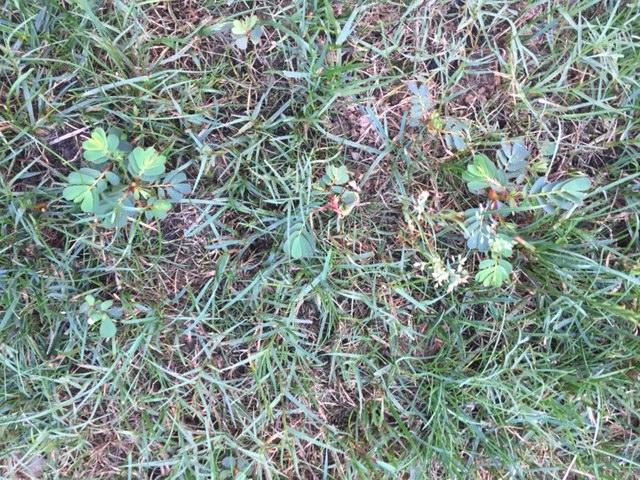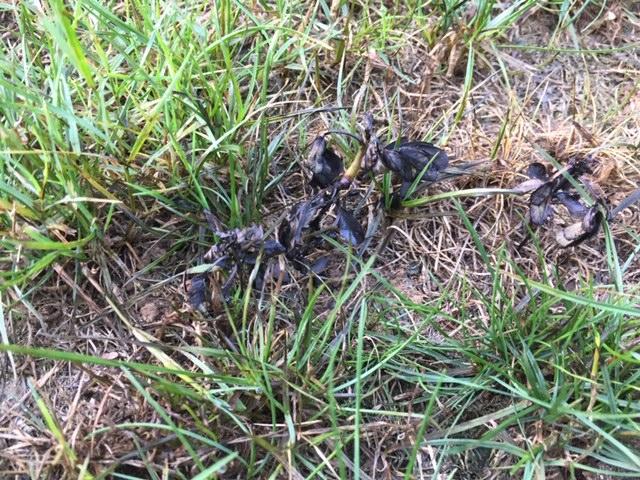Chamberbitter (Mimosa Weed) – Identification and Control

Chamberbitter ( mimosa weed, niuri, Phyllanthus urinaria) is a tropical weed that has become a major pest of lawns, landscapes and plant nurseries. Glyphosate (click for examples) will kill it but you have to be careful to keep the non-selective chemical off nearby foliage.
In a lawn, use one of the “three way” broadleaf weed killers (click for examples) on your weeds instead. In the last few years, “four way” weed killers have been introduced: BioAdvanced Season Long Weed Control (click for examples) and Bonide Weed Beater Ultra (click for examples). Atrazine (click for examples)
is labeled for broadleaf weed control in centtipede and St. Augustine lawns.
The best way to control the weed is to prevent it. Apply isoxaben (click for examples) pre-emergent herbicide in March and again in early June to areas where you will not be planting seeds for anything else. As with every herbicide, read the label and follow it exactly.
The yellow, ball-like seeds of niruri develop under the leaves. They need very warm soil in order to germinate so you won’t notice the seedlings until mid-summer. Researchers say pre-emergence herbicides that contain atrazine (Purge) on centipede lawns and isoxaben (click for examples) on all turfgrasses give good results when applied in early May.
Glyphosate (click for examples) will kill it but you have to be careful to keep the chemical off nearby foliage.
ORGANIC
An effective organic herbicide is iron chelate (FeHDTA, Bonide Weed Beater Fe, Natria) (click for examples). See photos below provided by Chris T.
Horticultural vinegar (20% acetic acid or higher, DANGEROUS or horticultural herbicidal soap (not Dawn dish detergent) are organic alternatives.
This publication from Clemson has excellent recommendations.
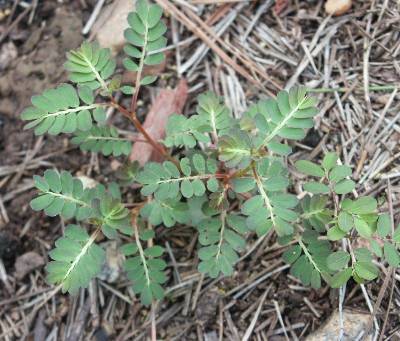
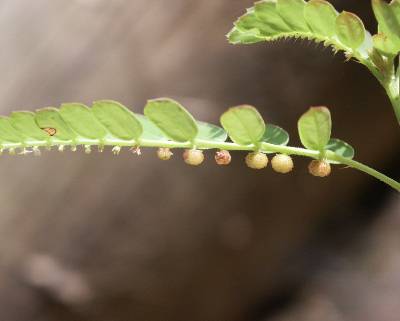
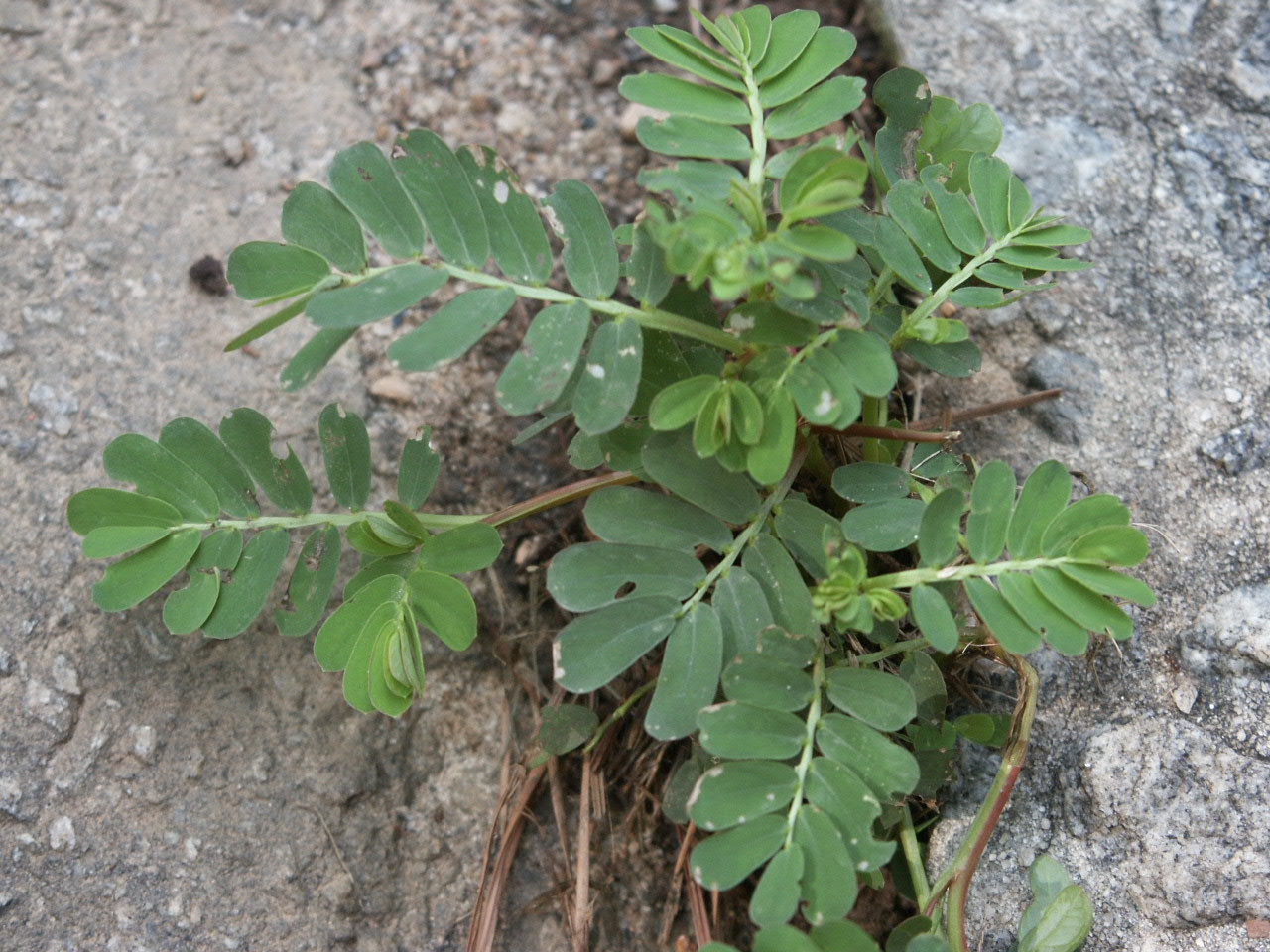
chamberbitter


